How can film analysis help filmmaking? Try analysing decisions rather than products.
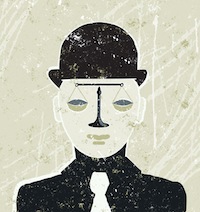
In the end what we will hear anyone who works on a film say about their decision making process is 'it depends on the story' when in actual fact most decisions depend much more immediately on the specifics of the decisions that have been made right before them. So perhaps looking at a film that way it is much more possible to extract guiding principles.
For example: an editor may say that their decisions depend on the story, but in fact they are making decisions about the flow of the movement of story based on decisions that have been made about the qualities of movement in the shots and performances. Stating it in this way allows us to ask: what are the principles of composing movement? And to hypothesize, for example, that if we have a lot of fast jerky movements in the shots these will trigger a speedy and percussive edit. If we have a lot of lyricism in the shooting we will likely have the same in the edit. We can then practice these two kinds of editing with two kinds of material. These kinds of hypothetical principles are much easier to teach than the more general 'it depends'.
Teaching filmmaking backwards may offer us a fresh perspective on a film as a series of decisions, because teaching it starting from story positions the film itself, the story' onscreen realisation, as a fait accompli, as something which had to be the way that it is and could not ever have been otherwise when, of course, nothing is further from the truth.
I propose that: if we teach it backwards, starting with sound and music, and ask ourselves, what is the sound and music doing and why, we will quickly see that it is responding to something in the edit - it is building on, realizing, counterpointing, the flow of image, emotion and story shaped in the editing process. We can then see it as a series of decisions made in relation to something specific in the editing. From there we can look at the edit and ask: what decisions were the sound and music a response to? We can look at cuts, at flows of scenes and sequences, of visuals and emotions and see how they create opportunities for any number of decisions to follow on from them.
Of course cuts are also responsive decisions themselves. The edits are only and always made in response to the shots. In fact this is one of the editor's core tasks: seeing what is really in the shots and structuring what is there into a significant form by shaping the flow of the actual movement. The director may still be seeing what they hoped would be in the shots, it is up to the editor to respond effectively to what is actually there, not what the director hoped or intended to have there. An editor's decision making takes the story and script into account, but is necessarily grounded on what is in the shots.
Now we come to something slightly harder, but not impossible to unpick in a film: what are the shots that triggered the editing decisions? Harder because, of course, we don't have access to the shots that are not in the film. But not impossible because we can break down a scene into its component parts and quickly see that a particular scene is composed of X number of close ups, or angles or shot sizes . We can see whether there is a master or not on the screen and we can begin to see, based on the material that is on the screen, what decisions the editor made and the material from which they sculpted those decisions.
Students and emerging filmmakers need to learn to make coherent, motivated decisions, and to make them with commitment and confidence. This takes practice. Practice in doing and practice in seeing it done.

And finally, we come to story, coming at it this way is not intended to diminish it in anyway, but to see it as a source of decisions and as, itself, a series of decision - decisions of what to carve out from the world , to frame and shape into a causal chain the evokes a sense of significance.
The issue is that if we look at a film as a whole, we see it as something closed, but if we look at it as a process we can begin to see it as decisions, active choices to go one way and not another. And this, of course, it what students and new filmmaker need to learn to do: to make coherent, motivated decisions. To make them with commitment and confidence takes practice. Practice in doing and practice in seeing it done.
Making decisions can be hard, but so can anything that you don't have a lot of practice at. I propose that the point of a film school is to give people a chance to practice making decisions; to instruct in the frameworks that are useful for guiding decision making; and to generate articulation skills that can enhance decision making by giving it clarity and voice in collaboration.
And one of the ways I'd like to start doing this is by analyzing films as a series of decisions - decisions made from a cause and having an effect. So I'm going to start analyzing film backwards!
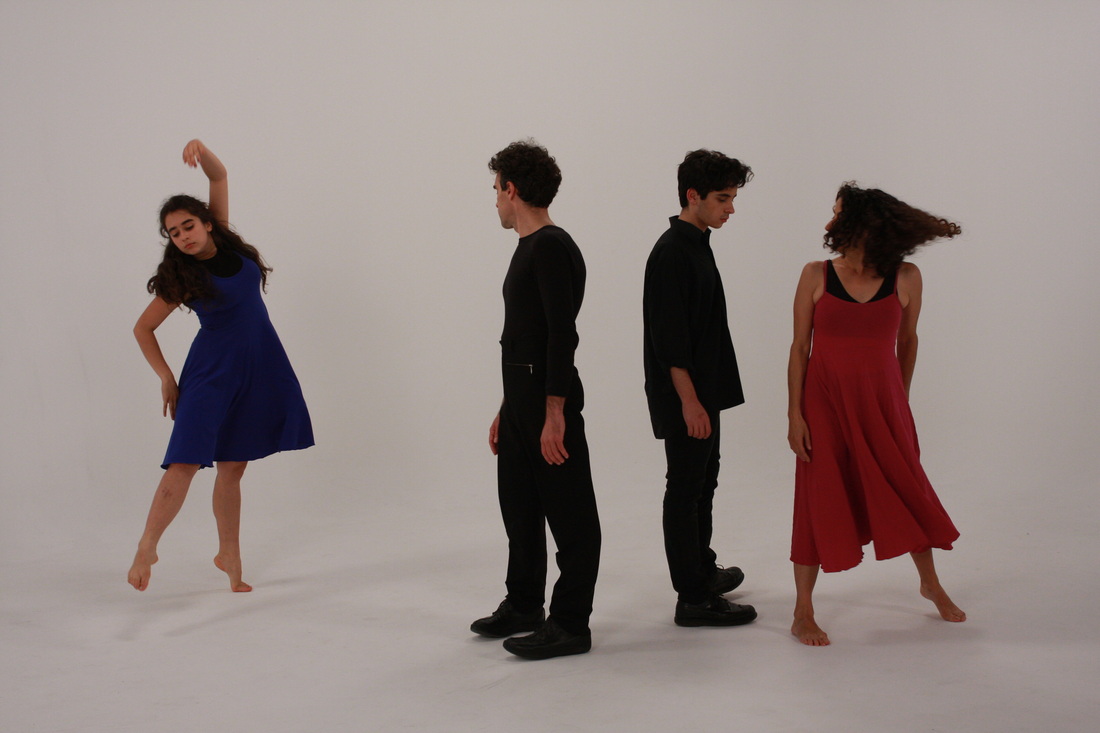
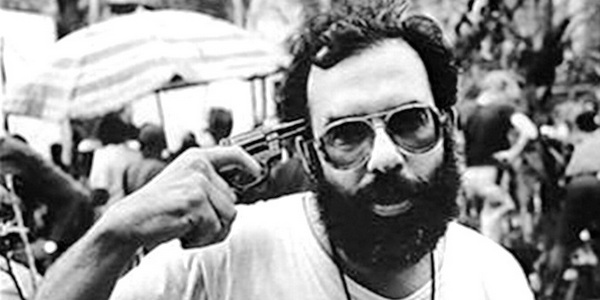
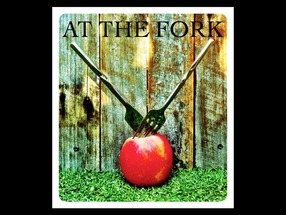
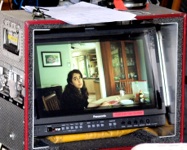

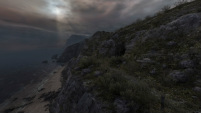
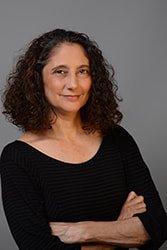
 RSS Feed
RSS Feed

